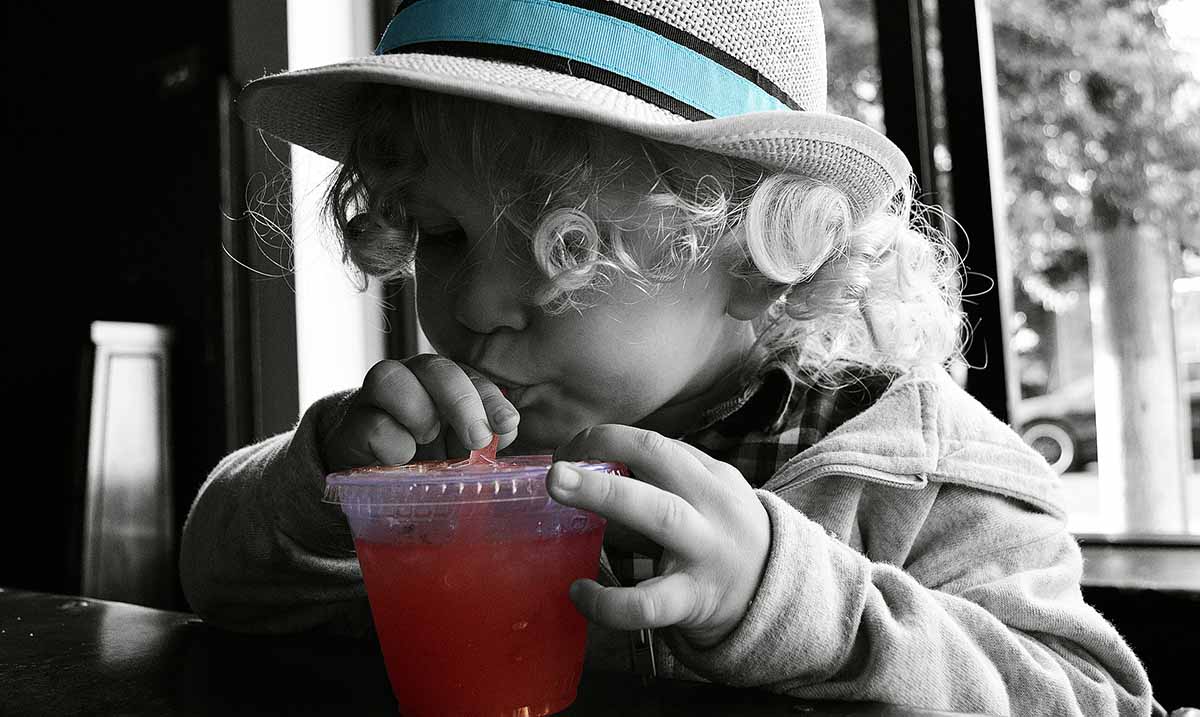Parenting is difficult, there is no arguing that fact. You try your best to make all the right choices, but even the greatest advice out there may be flawed. This, parenting experts state, is the situation when it comes to the popularity of fruit juice in the United States today.
With approximately 1 in 5 school age children meeting the definition of ‘obesity’, we are in the middle of a concerning epidemic. Many parents are doing their best to find a solution, focusing their attention on providing healthy, nutritional snacks and meals but this can be a challenge with the wide array of hidden ingredients in your favorite foods. From processed foods and preservatives to hidden sugars and artificial sweeteners, are we ever fully aware of what we’re putting into our bodies?
If your child comes running to you looking for a drink, many parents are making the smart choice to try to reduce or eliminate carbonated pops from their children’s diet. However, what are you choosing to substitute? For a long time, fruit juices were credited for being the healthy alternative, but pediatricians and nutritionists are now cautioning that isn’t the case.
In fact, while fruit juice arguably comes from a healthy source, and provides our children with a serving of fruit, allowing it to fit into one of the food groups, these drinks aren’t nearly as nutritional as we have been led to believe. In many cases, some of the vitamins have even been removed from the fruit in the process of creating the juice. Combine this with frighteningly high sugar levels that threaten to damage our children’s teeth and spike diabetes risk, and it’s no wonder parents are being told to think twice!
The American Academy of Pediatrics (AAP) published a guideline referring to the consumption of fruit juices and recommended limitations, and you may be surprised. They advise that:
– Infants under the age of 1 year are given no fruit juices at all unless directed by a medical professional
– Toddlers aged 1-3 should be limited to 4 ounces of fruit juice at most
– Children aged 4-6 should be limited to 4-6 ounces of fruit juice at most
– Children aged 7 and older should be limited to 8 ounces of fruit juice, and this juice should make up no more than 1 cup of the recommended 2-2 ½ cups of fruit in a healthy, balanced diet
While some experts will recommend eliminating the juice entirely, that can be hard to stick to. Especially considering the fact that there are even worse alternatives out there. After all, it will at least provide for a serving of fruit in your child’s diet. However, as Gary LeRoy, a family physician in Dayton, Ohio states, “An excessive amount of anything is not good. Moderation is the key.”
LeRoy also cautions that the phrase ‘100% fruit juice’ may be misleading. While this does mean there are no added sugars or preservatives added to the juice, he warns parents that this doesn’t mean the juice is free from sugars. A six-ounce box of Minute Maid orange juice contains an estimated 18 grams of sugar. To put that in perspective, if one were to drink half of a 12-ounce can of Coca-Cola, that would contain an average of 19.5 grams of sugar.
So, while you don’t need to avoid fruit juices entirely, parents are encouraged to limit how much they are giving to their children. If you must offer juice at more than one point during the day, it is recommended to add water, satisfying your child’s craving for fruit juice while drastically cutting down on the sugar content.
Feature Image Source: tykejones | Pixabay

